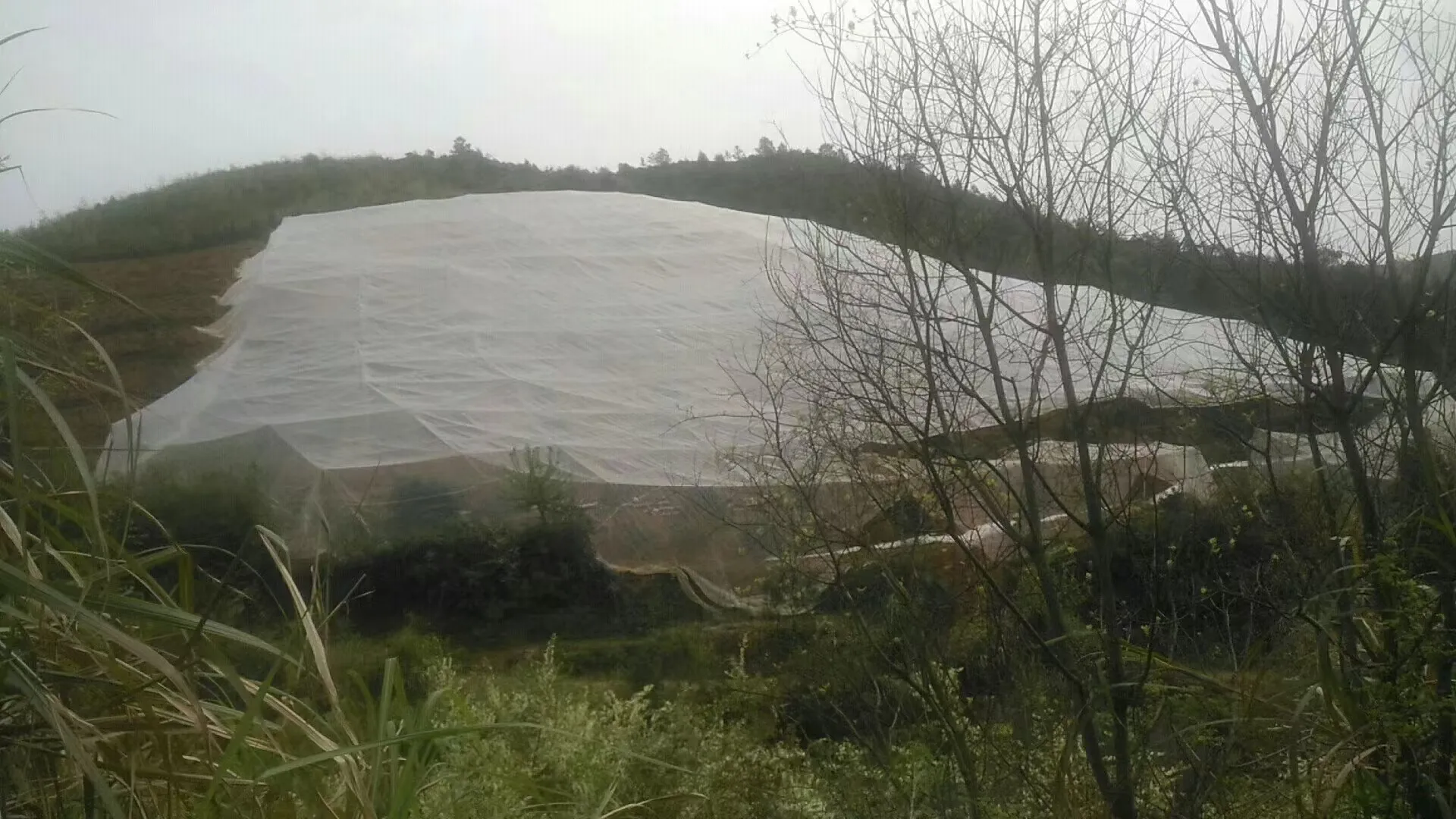-
 Afrikaans
Afrikaans -
 Albanian
Albanian -
 Amharic
Amharic -
 Arabic
Arabic -
 Armenian
Armenian -
 Azerbaijani
Azerbaijani -
 Basque
Basque -
 Belarusian
Belarusian -
 Bengali
Bengali -
 Bosnian
Bosnian -
 Bulgarian
Bulgarian -
 Catalan
Catalan -
 Cebuano
Cebuano -
 China
China -
 Corsican
Corsican -
 Croatian
Croatian -
 Czech
Czech -
 Danish
Danish -
 Dutch
Dutch -
 English
English -
 Esperanto
Esperanto -
 Estonian
Estonian -
 Finnish
Finnish -
 French
French -
 Frisian
Frisian -
 Galician
Galician -
 Georgian
Georgian -
 German
German -
 Greek
Greek -
 Gujarati
Gujarati -
 Haitian Creole
Haitian Creole -
 hausa
hausa -
 hawaiian
hawaiian -
 Hebrew
Hebrew -
 Hindi
Hindi -
 Miao
Miao -
 Hungarian
Hungarian -
 Icelandic
Icelandic -
 igbo
igbo -
 Indonesian
Indonesian -
 irish
irish -
 Italian
Italian -
 Japanese
Japanese -
 Javanese
Javanese -
 Kannada
Kannada -
 kazakh
kazakh -
 Khmer
Khmer -
 Rwandese
Rwandese -
 Korean
Korean -
 Kurdish
Kurdish -
 Kyrgyz
Kyrgyz -
 Lao
Lao -
 Latin
Latin -
 Latvian
Latvian -
 Lithuanian
Lithuanian -
 Luxembourgish
Luxembourgish -
 Macedonian
Macedonian -
 Malgashi
Malgashi -
 Malay
Malay -
 Malayalam
Malayalam -
 Maltese
Maltese -
 Maori
Maori -
 Marathi
Marathi -
 Mongolian
Mongolian -
 Myanmar
Myanmar -
 Nepali
Nepali -
 Norwegian
Norwegian -
 Norwegian
Norwegian -
 Occitan
Occitan -
 Pashto
Pashto -
 Persian
Persian -
 Polish
Polish -
 Portuguese
Portuguese -
 Punjabi
Punjabi -
 Romanian
Romanian -
 Russian
Russian -
 Samoan
Samoan -
 Scottish Gaelic
Scottish Gaelic -
 Serbian
Serbian -
 Sesotho
Sesotho -
 Shona
Shona -
 Sindhi
Sindhi -
 Sinhala
Sinhala -
 Slovak
Slovak -
 Slovenian
Slovenian -
 Somali
Somali -
 Spanish
Spanish -
 Sundanese
Sundanese -
 Swahili
Swahili -
 Swedish
Swedish -
 Tagalog
Tagalog -
 Tajik
Tajik -
 Tamil
Tamil -
 Tatar
Tatar -
 Telugu
Telugu -
 Thai
Thai -
 Turkish
Turkish -
 Turkmen
Turkmen -
 Ukrainian
Ukrainian -
 Urdu
Urdu -
 Uighur
Uighur -
 Uzbek
Uzbek -
 Vietnamese
Vietnamese -
 Welsh
Welsh -
 Bantu
Bantu -
 Yiddish
Yiddish -
 Yoruba
Yoruba -
 Zulu
Zulu
breeder nets
Understanding Breeder Nets A Key to Sustainable Aquaculture
Breeder nets, often referred to as breeding nets or aquaculture nets, play a crucial role in the sustainable development of aquaculture across the globe. As the demand for seafood continues to rise due to population growth and changing dietary preferences, the aquaculture industry is increasingly turning to innovative solutions to meet these needs while ensuring environmental sustainability. Breeder nets are one such innovation that has revolutionized fish farming practices.
Breeder nets are specially designed enclosures that provide a controlled environment for breeding fish, crustaceans, and other aquatic organisms. They are typically made from durable, non-toxic materials that allow for optimal water flow and aeration. This ensures that the aquatic organisms within the net have access to clean water, which is essential for their health and growth. By using breeder nets, aquaculture practitioners can closely monitor and manage breeding conditions, including temperature, oxygen levels, and feeding regimes.
One of the primary advantages of utilizing breeder nets in aquaculture is the reduction of disease transmission. In traditional open-water breeding practices, fish are often exposed to a variety of pathogens that can hinder their growth and survival. Breeder nets minimize this risk by providing a controlled environment where the health of the breeding stock can be closely monitored. This results in healthier offspring and increases the overall yield of each breeding cycle.
breeder nets

Additionally, breeder nets contribute to the sustainability of aquaculture by reducing the environmental impact associated with conventional fishing methods. Overfishing has led to the depletion of many fish stocks, and the aquaculture industry plays a vital role in alleviating this pressure. By implementing breeding practices using breeder nets, aquaculture operations can produce fish and seafood in a responsible manner, helping to preserve marine biodiversity.
Furthermore, breeder nets facilitate selective breeding, enabling aquaculturists to choose specific traits that enhance growth rates, disease resistance, and overall vitality in fish populations. This selective approach leads to improved stock quality, ensuring that aquaculture can meet consumer demands without compromising environmental integrity.
In conclusion, breeder nets are a vital component of modern aquaculture. They provide a sustainable solution to the rising global demand for seafood, while simultaneously addressing ecological concerns. As the industry continues to innovate, the use of breeder nets represents a promising pathway towards more responsible and productive aquaculture practices. By embracing these advancements, we can ensure a healthier planet and a stable food supply for future generations.
-
Shipping Plastic Bags for Every NeedNewsJul.24,2025
-
Safety Netting: Your Shield in ConstructionNewsJul.24,2025
-
Plastic Mesh Netting for Everyday UseNewsJul.24,2025
-
Nylon Netting for Every UseNewsJul.24,2025
-
Mesh Breeder Box for Fish TanksNewsJul.24,2025
-
Expanded Steel Mesh Offers Durable VersatilityNewsJul.24,2025











